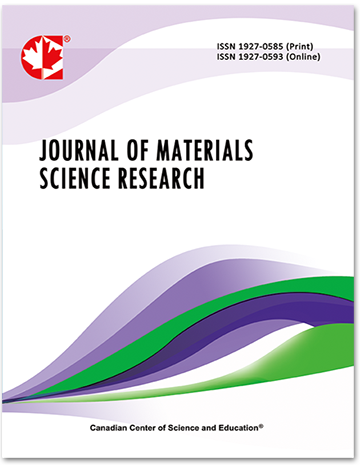Activation Volume During Creep of ASME Grade T91 Steel
- Manabu TAMURA
Abstract
Activation volume is an essential factor to determine the strain rate of martensitic steel, however it has not been discussed extensively. The activation volume during creep is analytically formulated as a function of average activated moving dislocation density (ΚρaX) inside a small region, e.g., a sub-grain, assuming the slip motion of dislocations. For Grade T91 steel, the activation volumes (V’s) for time to a specific creep strain and time to rupture are calculated by applying an exponential law to the temperature, stress, and time parameters during creep. The ΚρaX’s obtained using the calculated activation volumes are compared with the observed dislocation densities (Ρob’s). ΚΡaX at a strain of 0.2% is roughly 10% of the initial ρob, and the ratio of ΚρaX / ρob increases toward a value smaller than 1 at rupture because of recovery. These results and the strain energy consideration indicate that all dislocations inside a limited number of lath martensite begin to slip or a considerable number of packets remain undeformed immediately after loading. Subsequently, a large number of dislocations are accumulated on the boundaries of the concerned lath martensite, block, and packet, promoting the recovery and precipitation reactions around the crept area. Consequently, heterogeneity of deformation at the beginning of creep is mitigated gradually with progressing creep. The above documents coincide with a proposed model of the activation process for creep.- Full Text:
 PDF
PDF
- DOI:10.5539/jmsr.v14n1p37
Journal Metrics
Impact Factor 2022 (by WJCI): 0.583
Google-based Impact Factor (2021): 0.52
h-index (December 2021): 22
i10-index (December 2021): 74
h5-index (December 2021): N/A
h5-median (December 2021): N/A
Index
- CAS (American Chemical Society)
- CNKI Scholar
- Elektronische Zeitschriftenbibliothek (EZB)
- EuroPub Database
- Excellence in Research for Australia (ERA)
- Google Scholar
- Infotrieve
- JournalTOCs
- LOCKSS
- NewJour
- PKP Open Archives Harvester
- Qualis/CAPES
- SHERPA/RoMEO
- Standard Periodical Directory
- Universe Digital Library
- WJCI Report
- WorldCat
Contact
- John MartinEditorial Assistant
- jmsr@ccsenet.org
